High Springs picks attorney amid controversy- Video
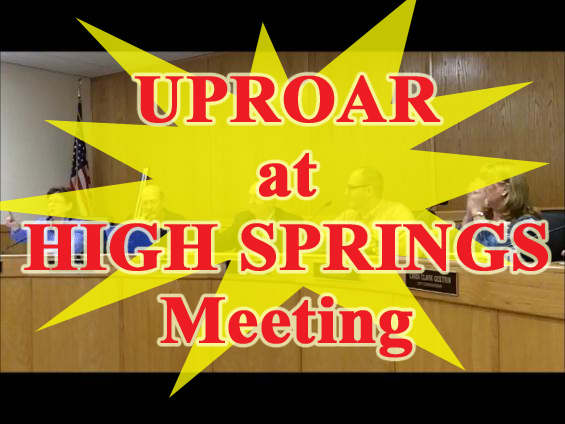 UPDATE: FULL STORY in Jan. 26 printed edition of Alachua County Today and now online following video links.
UPDATE: FULL STORY in Jan. 26 printed edition of Alachua County Today and now online following video links.
HIGH SPRINGS – After a contentious, nearly hour-long meeting, High Springs city commissioners finally settled on a city attorney Tuesday evening. Commissioners picked Raymond M. Ivey as the new city attorney, but not before an issue of a possible Sunshine law violation was raised.
Commissioner Eric May urged his fellow commissioners to consider selecting Ivey, an attorney from Gainesville, commenting that Brent Baris was more politically connected in High Springs.
Gestrin, on the other hand, questioned Ivey’s business dealings and relationships with Barnas and Interim City Manager Jeri Langman and her husband, Ron Langman.
Those statements prompted a heated outburst from Ron Langman, who was sitting in the audience Tuesday evening.
“Jeri, they’ll have your resignation in the morning, okay? This has gone far enough…Jeri will resign in the morning,” he shouted.
See FULL STORY in Jan. 26 printed edition of Alachua County Today.
Watch the entire meeting here (48:14 minutes).
FULL STORY as published on Jan. 26, 2012 edition of Alachua County Today
High Springs picks attorney amid controversy
By BRYAN BOUKARI
Today Reporter
HIGH SPRINGS – After a contentious, nearly hour-long meeting, High Springs city commissioners finally settled on a city attorney Tuesday evening. Commissioners picked Raymond M. Ivey as the new city attorney, but not before an issue of a possible Sunshine law violation was raised.
Shortly after the special meeting opened, Vice-Mayor Bob Barnas said he feared the commission might be in violation of Florida’s public record and meeting laws, more commonly known as Sunshine laws.
At issue, according to Barnas, is that after the bid proposals for city attorney were opened Friday, commissioners were instructed to bring their top two picks for the job to the meeting Tuesday. Barnas contended that having commissioners make such a selection on their own, and not in a public meeting, may have constituted a violation of open meeting Sunshine laws.
In an attempt to cure the possible violation, the commission restarted the selection process by having each commissioner note their top two picks in the open public meeting.
Commissioners ranked Raymond Ivey from the Law Offices of Scruggs & Carmichael, P.A. in Gainesville and Brent E. Baris, P.A. in High Springs as the top two attorneys in the running.
Ivey proposed a rate of $50 per hour up to 80 hours per month with no retainer or minimum required and additional time available at a negotiated rate. Baris proposed a rate of $100 per hour with an effective retainer or minimum of $3,000 monthly for 30 hours of services.
After a lengthy debate, a motion to select Ivey for the job seemed destined to fail as Barnas vowed to vote against it while Mayor Dean Davis and Commissioner Linda Gestrin both said they were in favor of Baris.
Commissioners Eric May and Sue Weller said picking Ivey seemed to be the logical choice given the hourly rate. May noted that the main reason Gestrin pushed for a resolution to terminate the contract with former City Attorney Tom DePeter was due to budgetary concerns. DePeter resigned Jan. 13 before any resolution was drafted.
Responding to May, however, Gestrin seemed to step back, saying her budgetary concerns were not exclusively the attorney’s salary alone, but also the attorney’s ability to limit other costs such as litigation settlements and severance pay.
May urged his fellow commissioners to consider selecting Ivey, an attorney from Gainesville, commenting that Barris was more politically connected in High Springs.
Gestrin, on the other hand, questioned Ivey’s business dealings and relationships with Barnas and Interim City Manager Jeri Langman and her husband, Ron Langman.
Those statements prompted a heated outburst from Ron Langman, who was sitting in the audience Tuesday evening.
“Jeri, they’ll have your resignation in the morning, okay? This has gone far enough…Jeri will resign in the morning,” he shouted.
Jeri Langman, meanwhile pressed her husband to refrain from the comments. As he approached the podium, she told him, “No, no, do not do this,” and motioned for him to return to his seat.
Commissioners continued their debate over the matter for a short time after the contentious exchange before Barnas requested Mayor Davis to call for a vote on the motion to select Ivey. In a surprise move, Barnas voted along with Weller and May in hiring Ivey. Davis and Gestrin cast dissenting votes.
Commissioners then gave direction to Interim City Manager Langman to draft a memorandum of understanding with Ivey. That agreement is slated for review and possible approval at the beginning of the Thursday, Jan. 26 meeting.
Add a comment


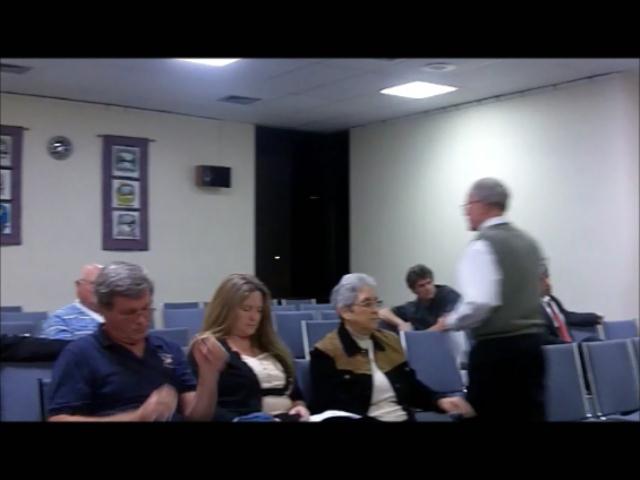
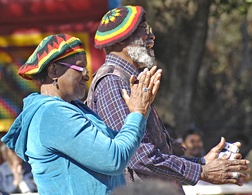 Forty-eight years after Martin Luther King Jr., delivered his original "I Have a Dream" speech, his dream and his legacy live on as nearly 300 gathered at Alachua’s Cleather Hathcock Community Center Monday to celebrate the civil rights leader’s birthday.
Forty-eight years after Martin Luther King Jr., delivered his original "I Have a Dream" speech, his dream and his legacy live on as nearly 300 gathered at Alachua’s Cleather Hathcock Community Center Monday to celebrate the civil rights leader’s birthday.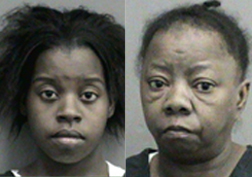
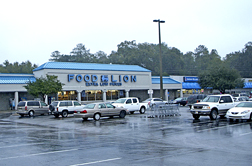 A good number of cars dotted the parking lot in front of Food Lion Wednesday afternoon as the soon-to-be-closed store offered discounts on its remaining inventory in stock.
A good number of cars dotted the parking lot in front of Food Lion Wednesday afternoon as the soon-to-be-closed store offered discounts on its remaining inventory in stock.